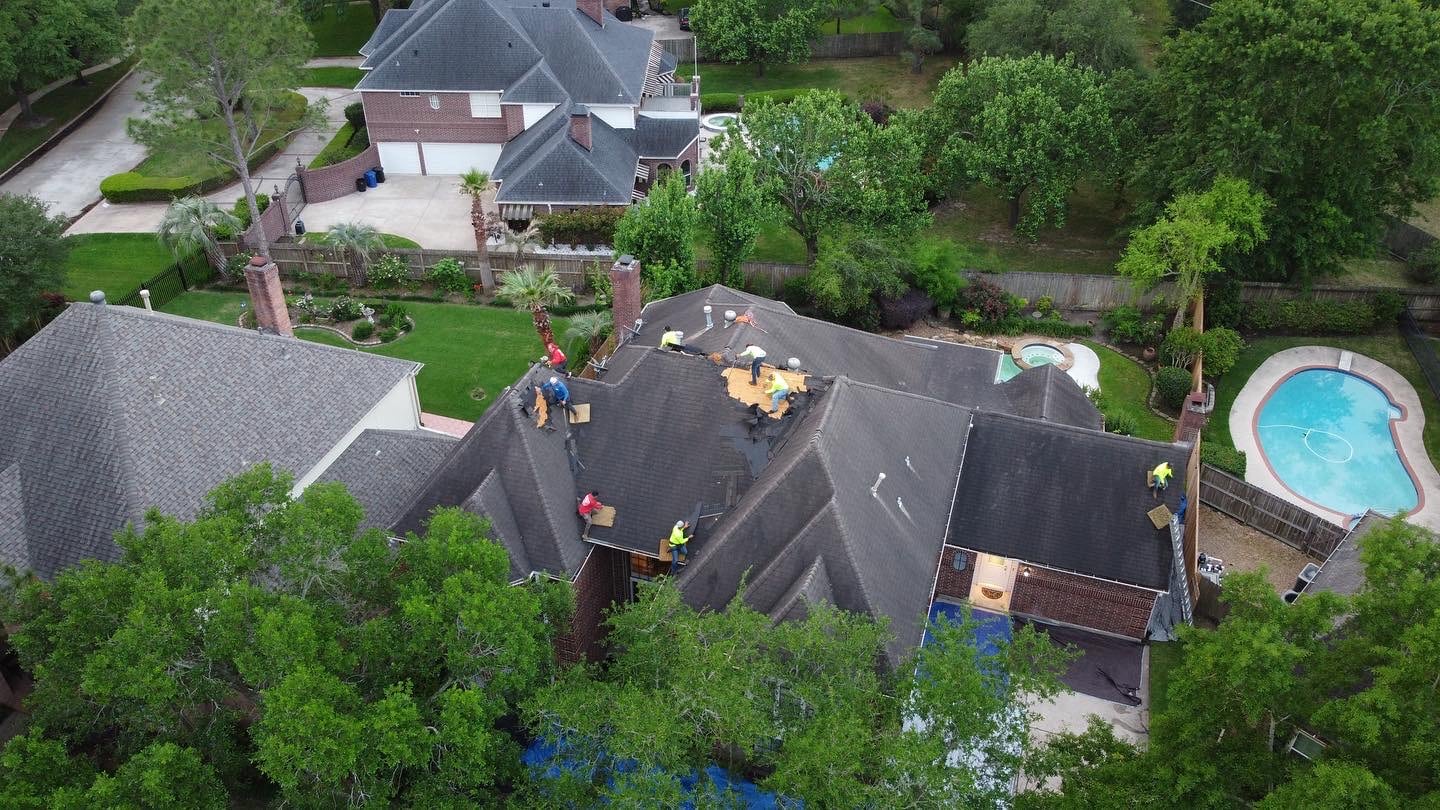Only Roofing is a trustable company who is providing modern roofing solutions at affordable rates.

We are providing best Texas roofing solutions with reliability and quality in order to satisfy both its residents and businesses alike. From bustling cities such as Houston and Dallas to more tranquil rural regions, Texas residents and businesses value roofs which can withstand Texas' diverse weather challenges, from scorching summer temperatures to hailstorms and heavy rainfall.
Top roofing contractors in Texas provide an array of services, from installation, repairs, and maintenance, customized to each individual's specific needs and preferences. From replacing an aging roof or responding to emergency repairs - these professionals prioritize customer satisfaction and long-term reliability for long-term reliability.
Finding the ideal roofing solutions in Texas requires working with experts who possess in-depth knowledge of local climate nuances and building codes, so each project meets or surpasses your expectations in terms of safety, efficiency and aesthetic harmony with its environment.
With many years of experience in roof installation, roof repair, and roof maintenance, we are confident enough to offer a lifetime warranty on all our labor. As a local Woodlands-based roof repair company, we take pride in our work and want to make sure your home is weatherproof and looking its best. We value every family or company we serve. Our roofing repair company only uses the highest quality materials, craftsmanship, and commitment to honesty to get the job done for you. Our dedication to excellent service and client satisfaction is at the heart of everything we do at Only Roofing.

So make sure you only have the best roofing company on your side. We offer a wide range of roofing solutions, from repairs to installations, and we thrive on helping our customers find the right roofing solution for their needs. At Only Roofing, we have expert roofers in both and commercial and residential roofing. When your roof is damaged you only want a team that is experienced and highly skilled on the job.
Don’t let your roofs rot more and contact us
EXCELLENT
Only Roofing has the experience and expertise to handle any roofing repair job, no matter how big or small.
©2024. All rights reserved.